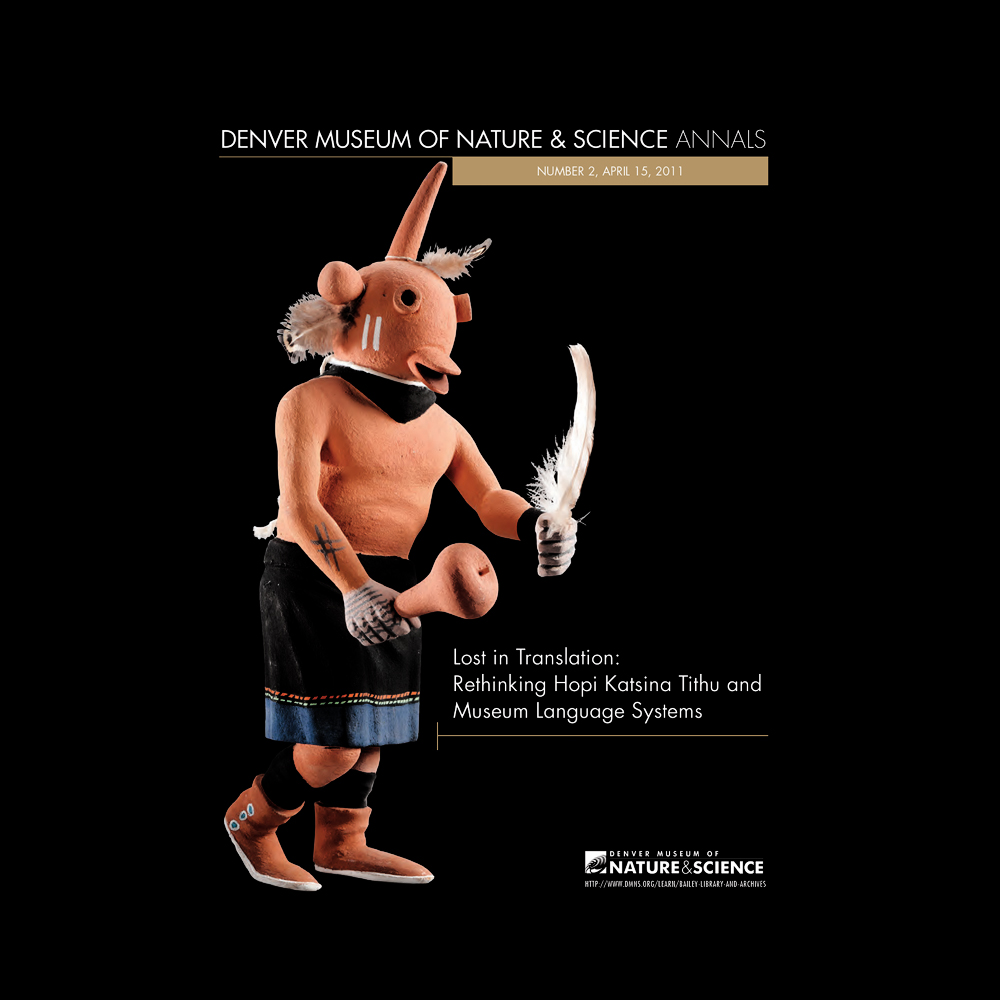
Annals 2: Lost in Translation: Rethinking Hopi Katsina Tithu and Museum Language Systems
Abstract
Museums collect and care for material culture, and, increasingly, intangible culture. This relatively new term for the folklore, music, dance, traditional practices, and language belonging to a group of people is gaining importance in international heritage management discourse. As one aspect of intangible cultural heritage, language is more relevant in museums than has been previously acknowledged. Incorporating native languages into museum anthropology collections provides context and acts as a form of “appropriate museology,” preserving indigenous descriptions and conceptions of objects. This report presents the ways in which Hopi katsina tithu—popularly known as kachina dolls—are outstanding examples of objects that museums can recontextualize with Native terminology. The etymology, or a word or phrase’s use history, of each katsina tihu’s name documents the deep connection of these objects with Hopi belief, ritual, and history. Without including the complex practices of Hopi naming, documentation of these objects in museum catalogues is often incomplete and inaccurate. Using contemporary Hopi perspectives, historic ethnographies, and the Hopi Dictionary to create adatabase of Hopi katsina tithu names, this project demonstrates how museums might incorporate intangible heritage into their collections through language and etymological context.